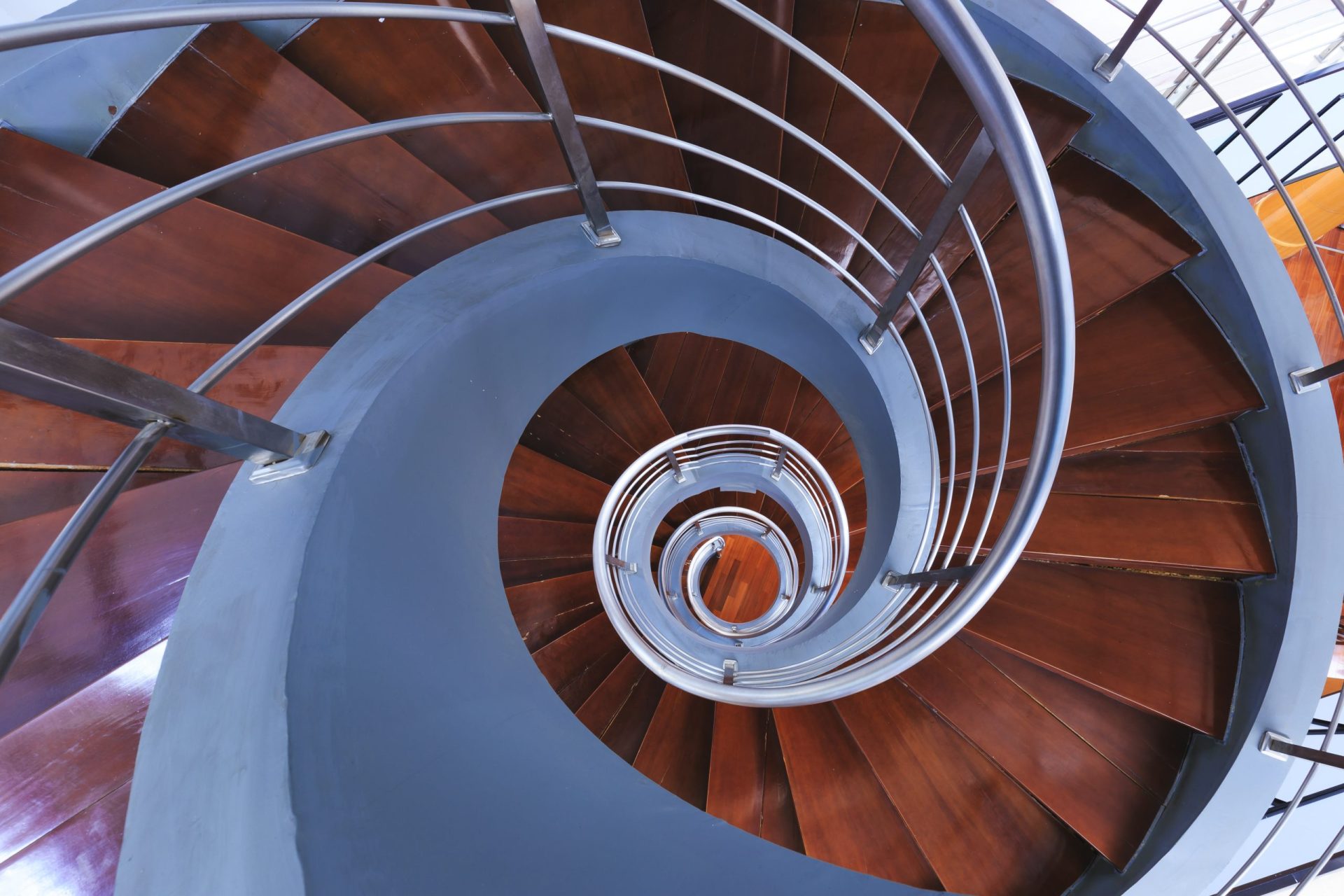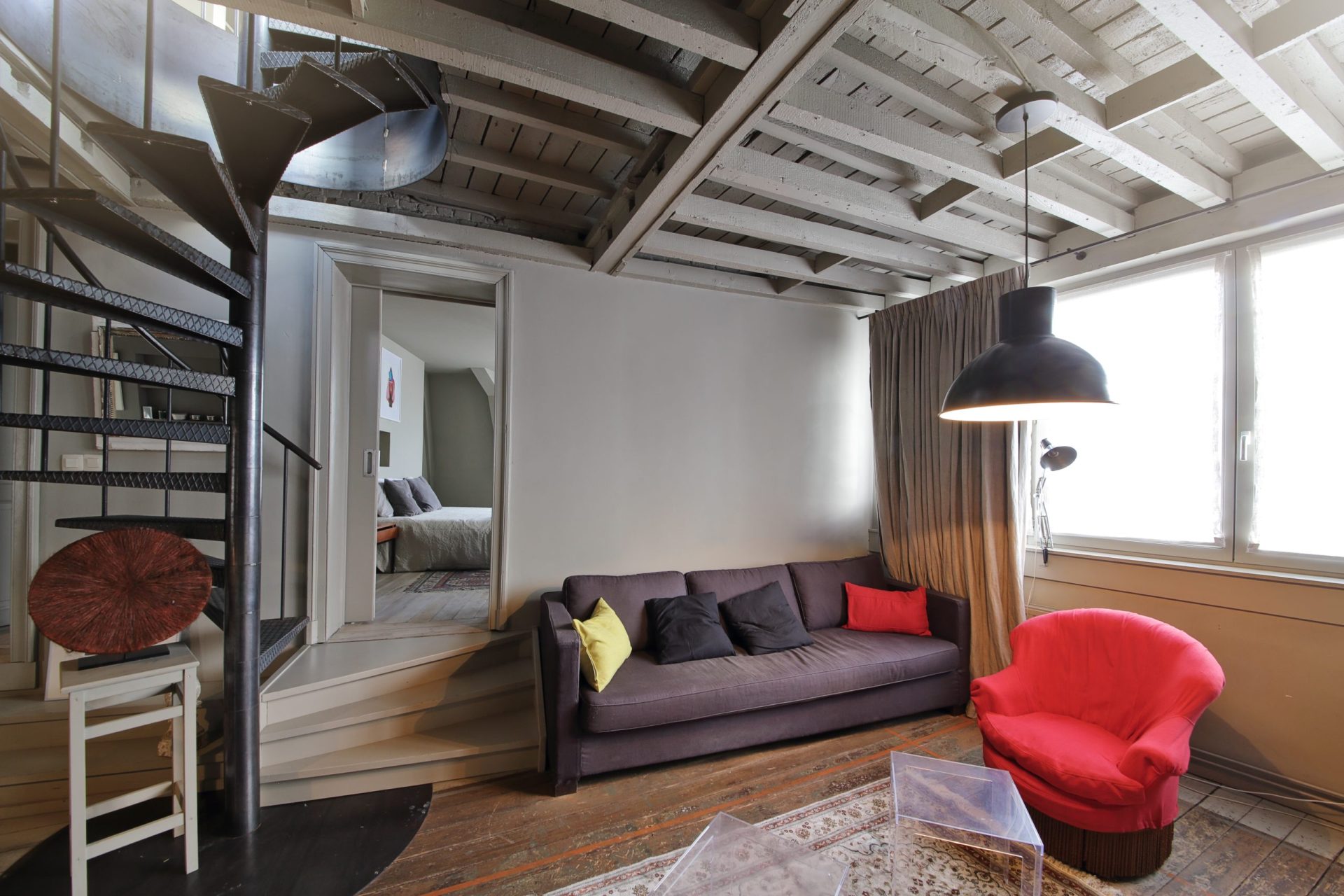Metal stairs: shapes, materials, regulations and types
Types of metal stairs
One of the most common is the straight ladder, which is simple and straightforward and is frequently used in industry and construction. Another popular option is the L-shaped staircase, which is often used in commercial and industrial settings. Spiral stairs are another option, often used in smaller spaces and can be a stylish and modern solution. There are also platform ladders, which offer additional space for working at height, and step ladders, which are portable and frequently used in maintenance and repair applications.
In general, the choice of the type of metal ladder will depend on the specific application and the needs of the user.

Metals used in stairs
Metal stairs are made from a variety of materials, each with its own characteristics and benefits.
Steel is one of the most common materials used in the manufacture of metal stairs due to its durability and resistance to deformation.
Aluminum is another popular choice, as it is lighter than steel and has good corrosion resistance.
Stainless steel is a more expensive option, but it is resistant to corrosion and is especially useful in corrosive or humid environments.
Other materials such as wrought iron and copper are also used, although these are less common in the manufacture of metal stairs due to their cost and weight.
The choice of material will depend on several factors, such as the budget, the application and the location of the staircase.

Manufacturing and assembly process
The manufacture of metal stairs involves several processes, from design and planning to manufacturing and final assembly.
First of all, the staircase must be designed according to the specific needs of the client and the requirements of the space where it will be installed. The metal materials required for the stair are then cut and formed , using cutting and bending tools. The welding and assembly of the parts are carried out by professional welders, who join the parts to create the structure of the ladder. This is followed by a finishing process, which may include the application of paint, coatings, polishing and other treatments to improve aesthetics and protect against corrosion. Finally, the ladder is installed in the desired location and secured in its final position.
The process of manufacturing and assembling metal ladders can be complex and requires the collaboration of several professionals to guarantee the quality and safety of the ladder.
Regulations
Metal ladders must comply with certain rules and regulations to ensure their safety and reliability.
Standards may vary depending on geographic location and intended use of the ladder. Some important regulations for metal ladders include those related to maximum allowable load, the maximum height of the ladder, the minimum width of the steps, the inclination of the ladder and the distance between the steps.
Metal ladders must also comply with workplace safety regulations, including protection against fall hazards and other injuries.

